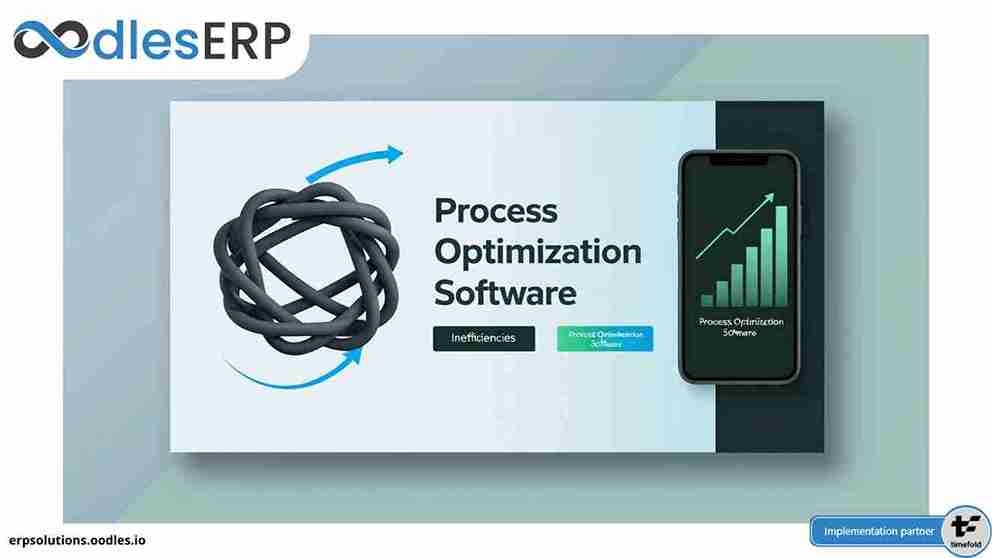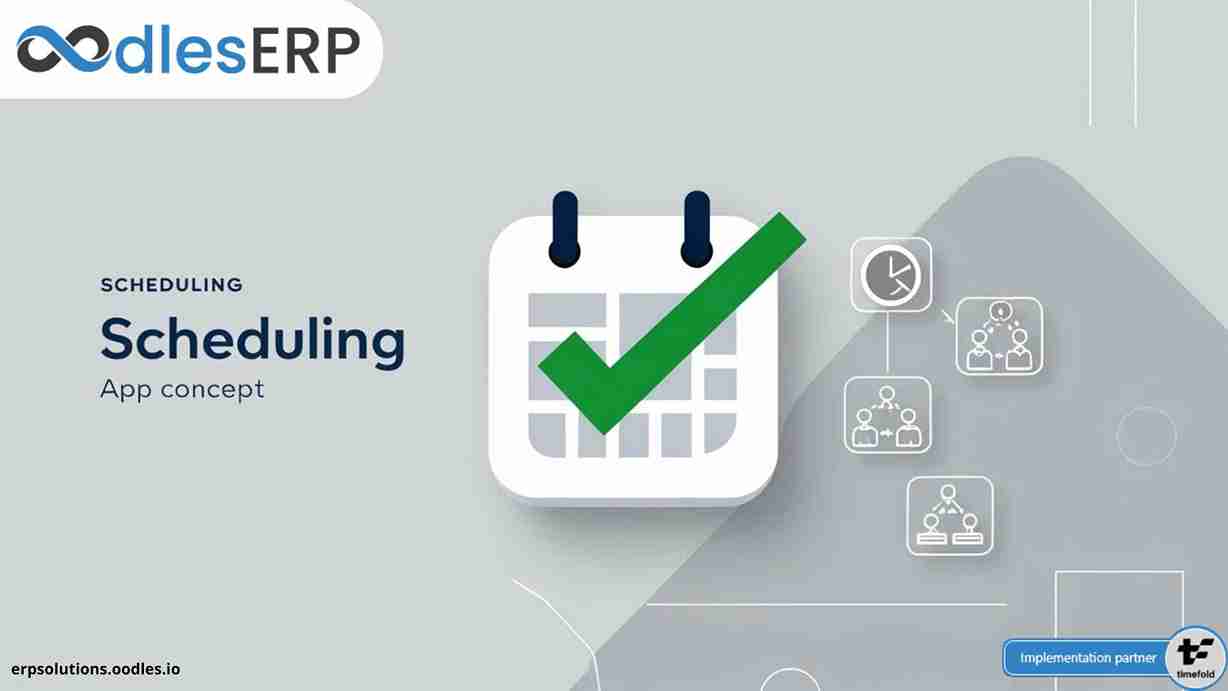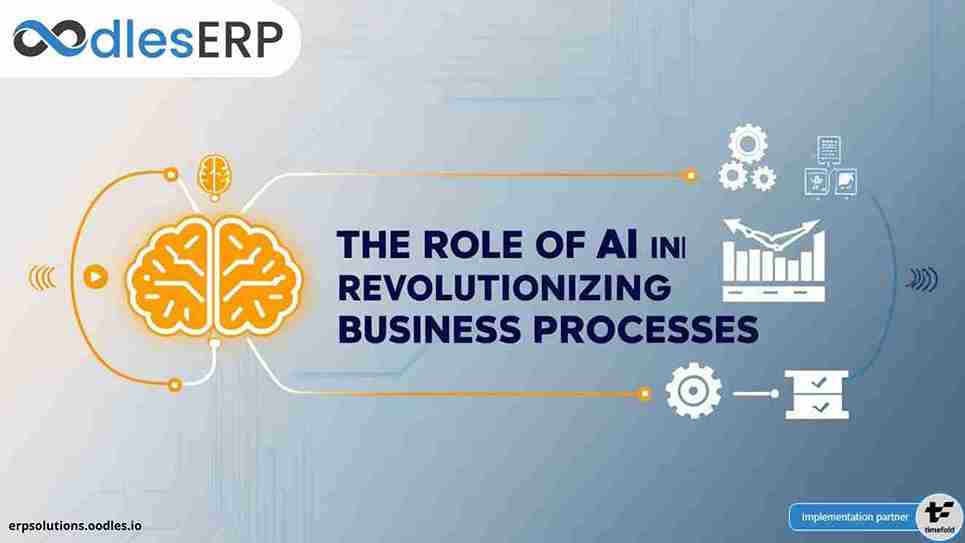More than 150,000 businesses of all sizes use Salesforce for automated marketing, data analytics, and integrated sales and management. Setting up a Salesforce CRM system is easy, but transferring data from legacy system to Salesforce involves technical challenges. Let’s explore some best practices including ETL tools for seamless Salesforce data migration.
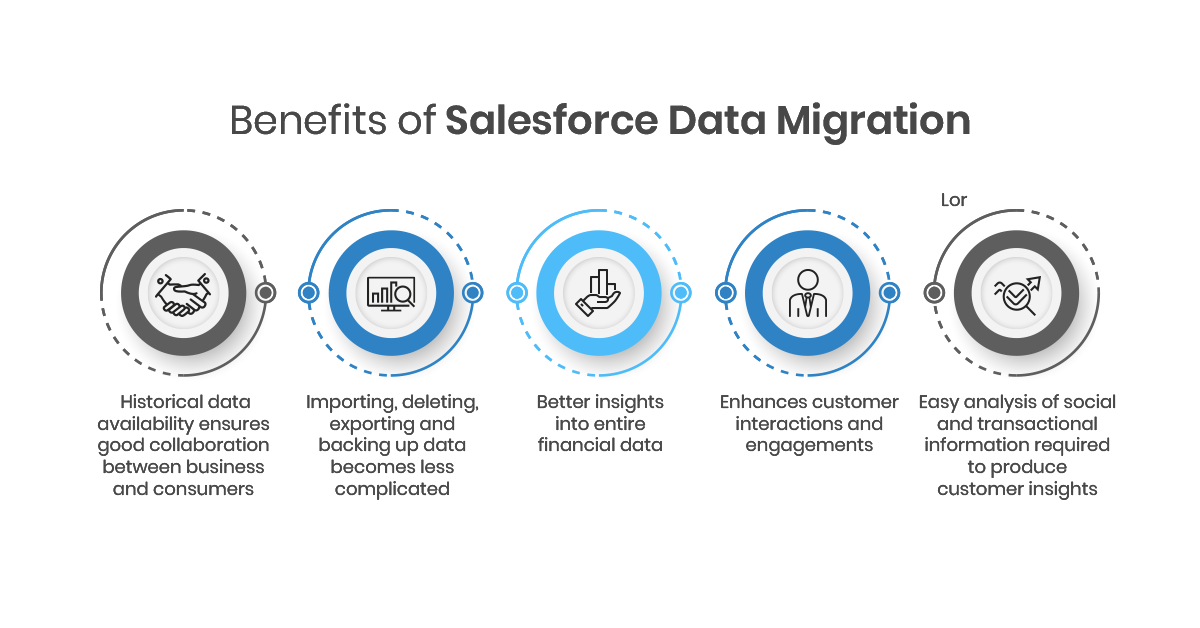
Salesforce Data Migration Best Practices
Identify Essential Fields:
The first step for successful Salesforce data migration is to list down fields with the following categorization:
* Optional fields
* Required fields
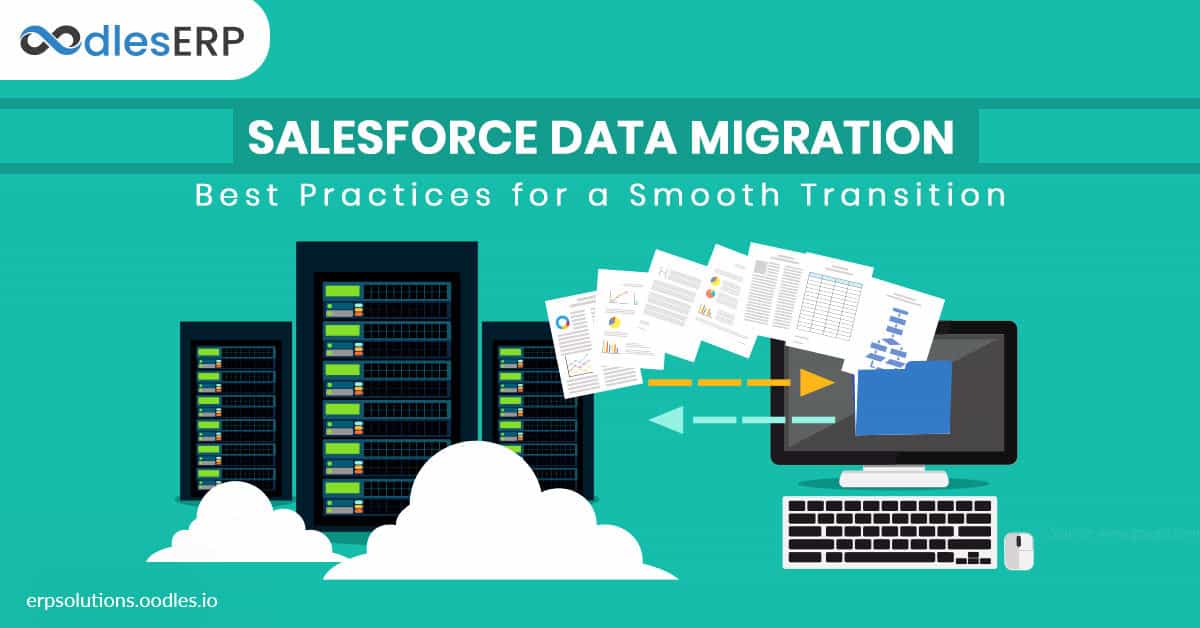
* System generated fields
Some of the additional fields include:
* Legacy IDs
* Business rules
Determine the Data Migration Order:
In Salesforce data migration, the relationship that exists between objects and dependencies dictates the order of migration. A general migration order is as follows:
* Load Users
* Load Accounts
* Load Opportunities
Data Migration Workbook:
The migration team needs to create a data migration workbook for systematic execution. It is a consolidated workbook that holds data mapping for each object involved in the process. It contains a single template with multiple tables (one for each mapping project), a DM checklist and storage requirements. Businesses can personalize the workbooks as per their specific requirements.
Pre-data Migration Considerations:
* Complete system configuration
* Ensure record types and picklist values are defined
* Define proper mapping requirements
* Ensure to store all possible legacy IDs for record in Salesforce
Data Load Considerations:
Clean, optimize, de-dupe and validate source data prior to migration.
The calculations while loading large data volumes can take a considerable amount of time. You can increase the load performance by deferring sharing calculations
Use bulk API to increase load speed especially when working with large volumes of data
Data Validating Techniques:
The following techniques are useful for validating migration data:
* Create custom reports to validate record counts and provide an overall snapshot of migration
* Review exception report to view the data that was not migrated
* Use SOQL to validate data after conversion
Also Read: Transforming Retail Processes with Salesforce E-commerce Integration
ETL Data Tools for Smooth Data Migration
Jitterbit Data Loader:
It is an open-source ETL data migration tool that enables business administrators to automate the import and export of Salesforce data. Jitterbit natively supports all editions of Salesforce, including professional and group. Using the Jitterbit data loader, you can insert new records, update existing records, perform upserts and delete records. Businesses can even map their incoming source files to Salesforce for faster integration. Its features include built-in-functions, logging, bulk, and parallel processing.
Advanced Features:
* Large volume API support for unmatched performance
* Function library for profound data transformations
Ant Data Migration Tool:
It is a Java/Ant-based command-line utility for moving metadata between a local directory and a Salesforce system. Businesses use the ant migration tool to create a scripted deployment, retrieve components and repeat deployment patterns.
We provide Salesforce data migration services to efficiently transfer data with minimum business disruption.
Airflow Plugin:
It is an open-source ETL tool that extracts data from Amazon S3 buckets and Redshift tables on the cloud. Airflow plugin is a powerful ETL scheduler, organizer and manager. Salesforce Airflow plugin acts as a data pipeline. It has a Salesforce hook that authenticates your requests to Salesforce. After authentication, you can create new connections to pull and save data in Salesforce.
Talend:
It is an open-source data integration platform that provides software and services for data management, data integration, enterprise application integration, big data, and cloud data. Its robust built-in functionality enables businesses to efficiently design and execute data migration projects.
Overcome Your Salesforce Data Migration Apprehensions with Oodles
Get a better view of your customers with our Salesforce integration services. Our Salesforce development and integration services include Salesforce implementation, data migration, e-commerce integration, and mobile/web app integration.
We initiate data migration with an end-to-end assessment of the design and requirements that are essential to ensure a successful migration. Our ERP development team identifies the functionality gaps in the data migration process and recommends applications to resolve their shortcomings.
We use open-source ETL tools like Talend, Ant Data Migration tool, and Airflow Plugin to extract, transform and load your contacts, opportunities, accounts and custom objects data in Salesforce. Our data migration team creates a mirror of your existing data and performs ETL testing on it to ensure zero data loss with accurate data mapping. We have a well-planned process to clean and import your existing data in Salesforce for a successful migration.
Connect with us now to schedule a discussion!
To Read Next: Improving Business Performance with Salesforce Integration Services
